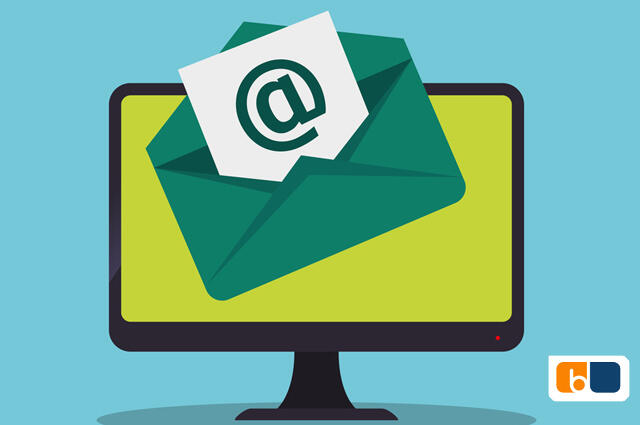

/cloudfront-us-east-1.images.arcpublishing.com/gray/LLMWUHQJNNDQVKO66BPBNWHSFA.jpg)

Email marketing campaigns are excellent avenues for building trust prior to asking for the sale, but you won’t build up that trust just by virtue of having sent out 400 words of copy. In many cases, this may be as simple as building trust. But there has to be a reason for each message, something that it aims to accomplish. That’s not going to work for most people either. What if this is the only message from you that they ever open? If there is no fundamental purpose for the message, then your only chance to connect with a highly qualified lead could be waste.ĭon’t misunderstand–this does not mean that every message you send out should push the hard sale. They assume that sending out an advertisement is better than sending out no advertisement, so why not?īut think about it like this: you are about to send a message to a group of people who were interested enough in you and your products that they agreed to be contacted. This first step is so deceptively simple that many people forget about it entirely. Here’s how you can create an email marketing campaign plan.ĭiscover The Purpose of Your Email Campaign This requires that you develop an understanding of your audience, the types of messages that they will be likely to respond positively to, and also the timing of the messages you’re sending out. You’ll want to begin by thinking about the purpose of your campaign, then the various strategies that you might use to achieve that purpose. In fact, much of the well-planned marketing campaign should take place before a single message ever goes out to anyone. Many people make the mistake of thinking that their email campaigns consists primarily of simply sending out emails. Targeted email marketing campaigns take a little bit of time and patience to achieve success.


 0 kommentar(er)
0 kommentar(er)
